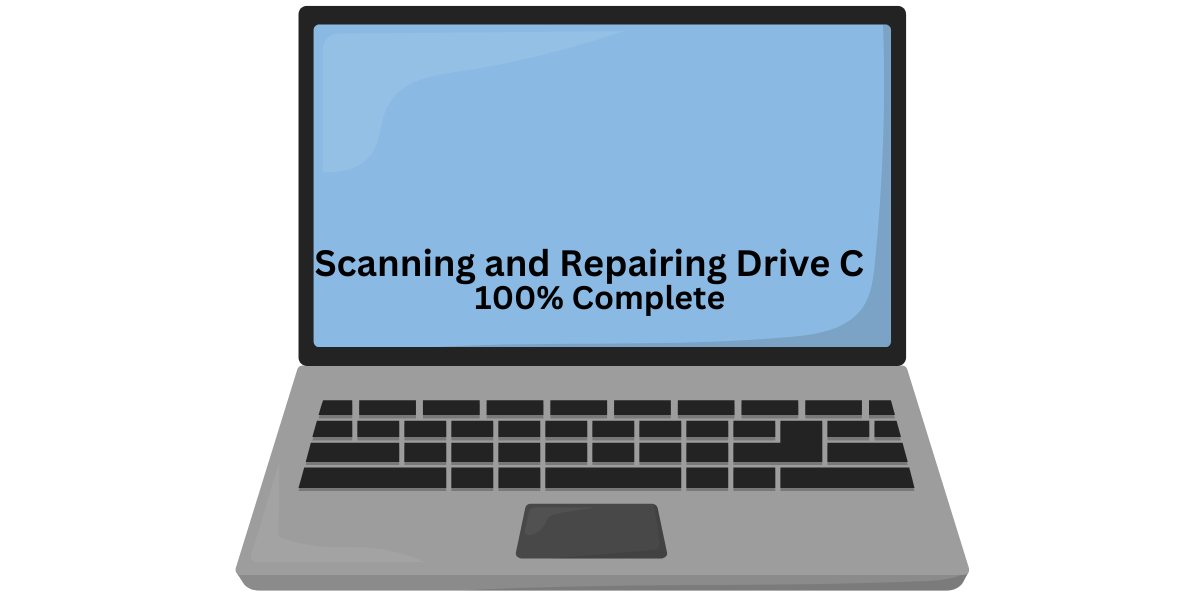In our increasingly digital world, data integrity and system reliability are paramount. The Drive C, typically the primary drive in Windows operating systems, is where the operating system and essential files reside. Regular maintenance of Drive C is crucial to prevent system failures and data loss. In this comprehensive guide, we will explore how to scan and repair Drive C to keep your system running smoothly and securely.
Understanding the Importance of Drive C Maintenance
Drive C is often the heart of your computer’s functionality. As it hosts the operating system and critical system files, any corruption or error on this drive can lead to significant issues, including:
System crashes Unexpected system shutdowns and blue screens.
Data corruption: Loss or damage to important files.
Performance issues: Slow system performance and lagging applications.
Regularly scanning and repairing Drive C helps in identifying potential problems before they escalate, ensuring a smooth and efficient computing experience.
Common Issues Affecting Drive C
Before diving into the repair process, it’s essential to understand the common issues that can affect Drive C:
File System Errors: These errors can occur due to improper shutdowns, software crashes, or malware attacks.
Bad Sectors: Physical damage to the drive that makes certain areas unreadable.
Fragmentation: Over time, files on the drive become fragmented, leading to slower read/write times.
Corrupt Files: Damaged or corrupt files that can prevent applications and the system from functioning correctly.
Malware and Viruses: Harmful software that can corrupt or delete files.
Steps to Scan and Repair Drive C
To keep Drive C in optimal condition, we need to use tools and techniques provided by the Windows operating system. Below are detailed steps to scan and repair your drive:
1. Using CHKDSK (Check Disk) Utility
CHKDSK is a built-in Windows utility that scans and repairs file system errors and bad sectors on your drives.
Steps to Use CHKDSK:
- Open Command Prompt: Type cmd in the Windows hunt saloon, right-click on Knowledge Quick, and select Run as manager.
- Enter the CHKDSK Command: In the Command Prompt window, type chkdsk C: /f /r /x and press Enter.
- /f: Fixes errors on the disk.
- /r: Finds bad segments and recuperates clear info.
- /x: Services the capacity to alight before the image starts.
- Schedule the Scan: If the drive is in use, you will be prompted to schedule the scan for the next system restart. Press Y and restart your computer.
2. Running the System File Checker (SFC)
SFC is another Windows utility that scans and repairs corrupted system files.
Steps to Use SFC:
Open Command Prompt: As described above, run Command Prompt as an administrator.
Run SFC: Type sfc /scannow and press Enter. The utility will scan all protected system files and replace corrupted files with a cached copy.
Review the Results: After the scan completes, review the results to see if any files were repaired.
3. Using the DISM Tool
The Deployment Imaging Service and Management Tool (DISM) repairs the Windows image, which can fix issues that SFC cannot.
Steps to Use DISM:
Open Command Prompt: As an administrator.
Run DISM: Kind DISM /Connected /Onslaught-Image /Reinstate Health and media Arrive. This command scans for corruption and restores the health of the system image.
Restart Your Computer: After the process completes, restart your system to apply the repairs.
4. Disk Defragmentation
Over time, files on Drive C can become fragmented, leading to slower performance. Disk Defragmentation consolidates fragmented files, improving the drive’s efficiency.
Steps to Defragment Drive C:
- Open Disk Defragmenter: Type Defragment in the Windows search bar and select Defragment and Optimize Drives.
- Select Drive C: Highlight Drive C and click Optimize.
- Wait for the Process to Complete: This may take some time depending on the level of fragmentation.
5. Running a Full Antivirus Scan
Malware and viruses can cause significant damage to Drive C. Running a full antivirus scan can detect and remove these threats.
Steps to Scan for Malware:
Open Your Antivirus Software: Use the software installed on your system, such as Windows Defender.
Perform a Full Scan: Select the option for a full system scan to check all files and sectors.
Quarantine or Remove Threats: Follow the prompts to handle any detected threats.
Preventive Measures to Maintain Drive C Health
In addition to regular scanning and repairs, there are several preventive measures you can take to maintain the health of Drive C:
1. Regular Backups
Always keep a backup of your important data. Use tools like Windows Backup or third-party software to create regular backups to an external drive or cloud storage.
2. Keeping Software Updated
Safeguard that your working scheme and all connected software are up-to-day. Informs frequently comprise doses for recognized germs and weaknesses.
3. Monitoring Drive Health
Use gears like Mineral Floppy Info or HDD Image to display the fitness of your hard energy. These tackles can deliver early notices about possible subjects.
4. Using Reliable Antivirus Software
Maintain up-to-date antivirus software to protect against malware and viruses that can corrupt or delete files on Drive C.
5. Avoiding Physical Damage
Handle your computer carefully to avoid physical damage to the hard drive. This includes protecting it from drops, spills, and extreme temperatures.
Conclusion
Regular maintenance of Drive C is vital for the overall health and performance of your computer. By following the steps outlined above, you can effectively scan and repair Drive C, preventing system failures and ensuring a smooth, reliable computing experience. Regular backups and preventive measures further safeguard your data against unexpected issues..
Read more about https://techreception.com/

